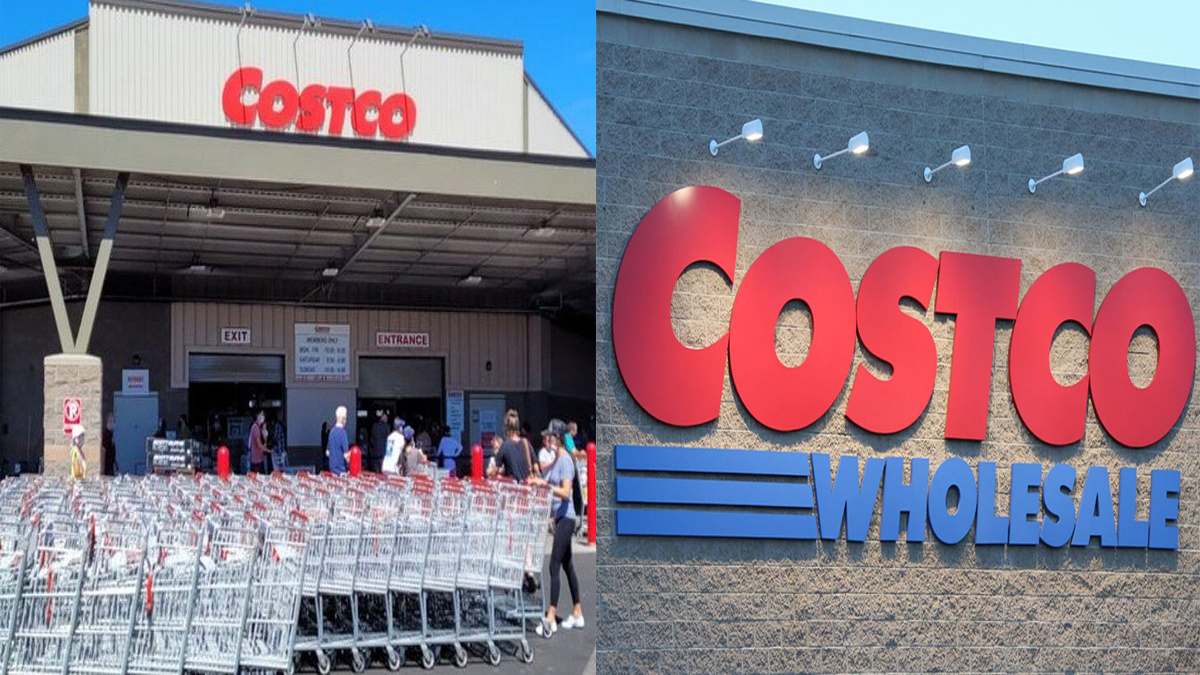Apple’s stock price surged on Wednesday as the market reacted to the latest tariff developments, which can be somewhat perplexing
President Donald Trump announced that he would implement a 90-day pause on tariffs for most countries with rates over 10%, effective immediately.
However, Apple’s increase in stock value was somewhat confusing; Trump also stated that the tariff rate on China would rise to 125%, intensifying the trade conflict between the two largest economies globally.
As Apple primarily manufactures its iPhones in China through its partner Foxconn, these elevated tariffs could result in higher prices for products like iPhones and MacBooks than previously anticipated.
Apple’s Stock Performance
On Wednesday afternoon, the S&P 500 climbed by 8.2%, while the tech-heavy Nasdaq Composite soared by 9.7%, aiming for its most significant gain since October 13, 2008, according to Dow Jones Market Data.
Apple’s stock shot up by 12% to $193.59, positioning itself for its most considerable percentage gain since November 24, 2008.
Wedbush analyst Dan Ives commented, “This was a much-needed relief for tech stocks, helping pull the market and these stocks back from the brink, yet China still poses the most significant risk factor for Apple and the wider supply chain.”
Trump is encouraging companies to relocate their manufacturing to the United States, using tariffs as a strategy to expedite this shift.
He wrote on Truth Social on Wednesday morning, “This is a GREAT time to move your COMPANY into the United States of America, as Apple and many others are doing in record numbers.”
Nevertheless, it seems improbable that Apple would undergo a complete transformation in its manufacturing process.
BofA Securities analyst Wamsi Mohan noted on Wednesday morning, “Even though Apple could locate labor for iPhone assembly in the U.S., a substantial part of the sub-assemblies would still need to be produced in other countries, assembled in China, and then imported to the U.S.”
He also pointed out that while relocating final assembly to the U.S. might be feasible, transforming the entire iPhone supply chain would be a far more complex challenge that could take several years, if it’s even achievable.














Post Comment